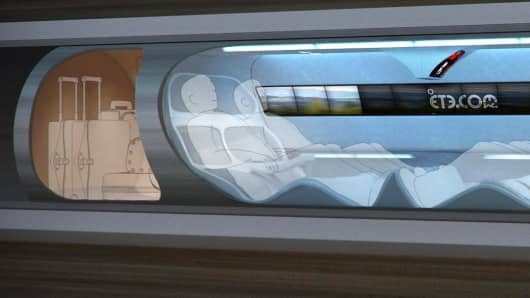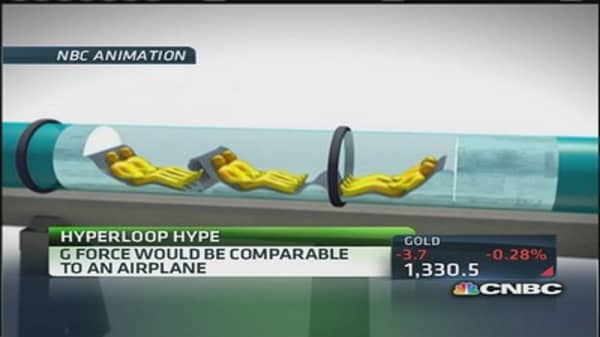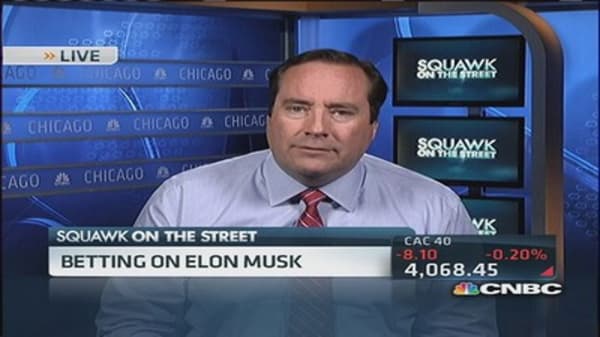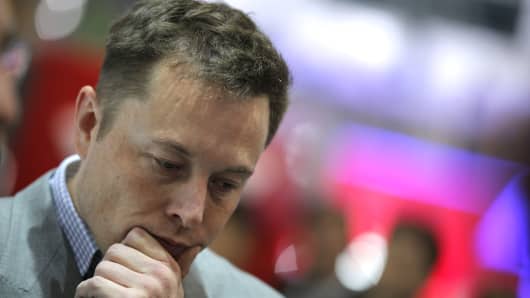He says the Hyperloop will be solar-powered and cost passengers less than what it would cost to take the train or plane that same distance.
It sounds too good to be true. Then again, when Musk said he would build an electric car company that would change the auto industry, there were many people chortling. I know, I was at many auto shows when executives from established automakers would scoff at the idea of Tesla becoming a player in the industry. Few of them are scoffing now.
(Read more: Investors plug back in after Tesla earnings report)
That track record is why the public is wondering if the Hyperloop could be more than just hype.
Start-up attracting investors
Daryl Oster started ET3 in Longmont in 1997. His goal: developing superfast tube transportation. As he likes to say, the tube would be a guideway that functions similar to a highway.
"Car-sized vehicles that are magnetically levitated, operate inside these tubes that have all the air removed. Since there is no air, there is no friction. So, once the vehicles get up to speed and merge into the flow of traffic like a car merging on to a freeway, they are coasting the whole trip." said Oster.
(Read more: Goldman sees 'creative destruction' in these trends)
"Ninety percent of the energy that was used for acceleration can be recovered when the vehicle slows back down, kind of like stepping on the brakes of a Toyota Prius with regenerative braking that can capture some of that acceleration energy. With ET3, there is no air in the way of the vehicle, it is like space travel conditions and so it coasts for the entire trip, using no additional energy."
Oster said the key to his tube transportation will be the low cost of moving people from one location to another. He estimates ET3 will be able to provide 50 times the amount of transportation per kilowatt-hour compared with electric cars and electric trains.
"Bottom line, it only costs 20 cents worth of electrical energy to get up to 350 mph," said Oster.
ET3 is a consortium with a number of licensees who contribute to the company in exchange for 6 percent value-added royalties.
Oster said: "Any company, individual, institution or government can get involved with us and leverage past investments that they have already made. We are creating a new market for past investments."
Gridlock creating mass transportation
The one factor that could ultimately keep the Hyperloop or any other form of superfast tube transportation from becoming reality is the inability of governments—local, state, federal and international—to develop mass transit systems quickly in a cost-efficient manner.







